Red Gate Gallery, also known by its Chinese name 红门画廊 (hongmen hualang), lies nestled among the plethora of art galleries and trendy cafes in Beijing’s 798 Art District.
Red Gate’s founder Brian Wallace has not only witnessed the development of 798, but also been at the forefront of China’s contemporary art scene for more than 30 years.

Red Gate Gallery founder Brian Wallace
After first arriving in China in 1984 from his native Australia, Wallace began curating and exhibiting art in the late ‘80s. He later founded Red Gate in 1991.
The gallery exhibits contemporary art (i.e. the art of the day.) This is not to be confused with modern art, a specific style which began to develop in the mid-1900s.
As China’s Reform and Opening-up began to take hold across the country, so too did China’s refreshed contemporary art movement. Gone were the days when artists were required to adhere to socialist realism, a style from the Soviet Union which sought to “idealize the dictatorship of the proletariat in the arts.”
Riding this wave of China’s contemporary artists opening their minds to fresh styles of art, Red Gate was established in 1991 in Dongbianmen as the first private art gallery in the country.
The gallery later moved to a new location in 798 in 2006. Nowadays, the area is very much one of Beijing's mainstream tourist attractions. However, when Red Gate first set up there, the area was still very much in its infancy. Wallace credits 798's growth in popularity with helping make art more accessible to the general public in China.
The gallery has represented many artists over the years, many of whom have gone on to win prestigious art awards.
Sichuan-born Han Qing took part in the gallery’s residence program. Today, he lives and works in Beijing. Many of his oil paintings on linen and on canvas represent night scenes, including the iconic Taikoo Li mall in Sanlitun.
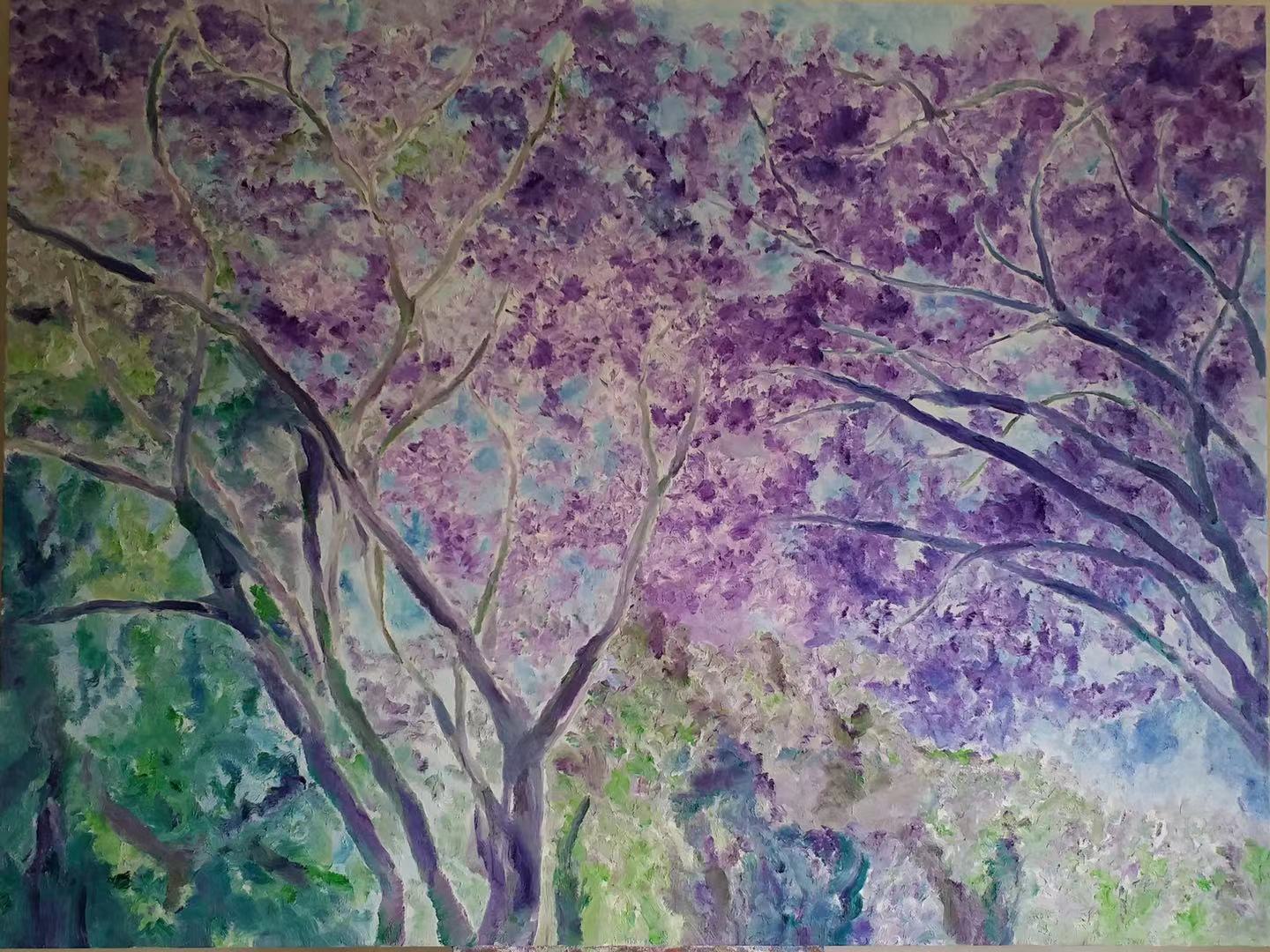
Jacaranda No. 13, 2021, oil on linen by Han Qing, 2011
Wang Lifeng, from Inner Mongolia, has also exhibited with Red Gate since 1991. His work is focused on mixed media painting. A Red Gate curatorial statement asserts that Wang was “one of the pioneers of Chinese contemporary abstract art.”
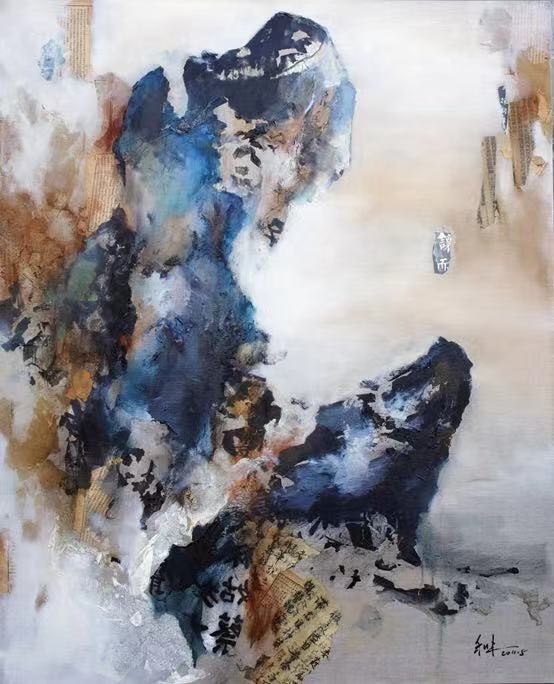
Qing Mountain No. 36, 2011, mixed media on canvas by Wang Lifeng, 2011
As the gallery celebrates its 30th anniversary, That’s sat down with Wallace to discuss some of the changes he’s seen over the years.

Red Gate Gallery at its original location at Dongbianmen
What challenges did you face when first setting up Red Gate at the original location in Dongbianmen?
Setting up at Dongbianmen didn’t really present us with any challenges. We already had a very good introduction from the people at the ancient observatory (nearby Dongbianmen). All of those buildings are managed by the Bureau of Cultural Relics. They knew the people down the road at the Watchtower. The people in charge of the Watchtower said, “you can have the top floor.”
Who supported Red Gate in the early days?
It was really the expat community that supported us. This included diplomats, foreign workers and students who would pass by for a drink.
When we had an opening for a Chinese artist, the people who would turn up may include the best friends of the artist, mum and dad, the girlfriend or the boyfriend, a group of foreigners and not many other people. In those days, it was really only foreigners who were buying art.
Red Gate moved to 798 Art District in 2006. What did the area look like in those days?
Think of it in two periods of time – pre-2008 Beijing Olympics and post-2008 Beijing Olympics. Before 2008, even before it was booming, the artists started to discover the spaces and started moving in. The first gallery to move in was Beijing Tokyo Art Projects. They moved here in 2002.
There was no public lighting. There was no paving on the roads. There were potholes everywhere. I like to say they ‘Singapore-d it.’ They tidied it up.
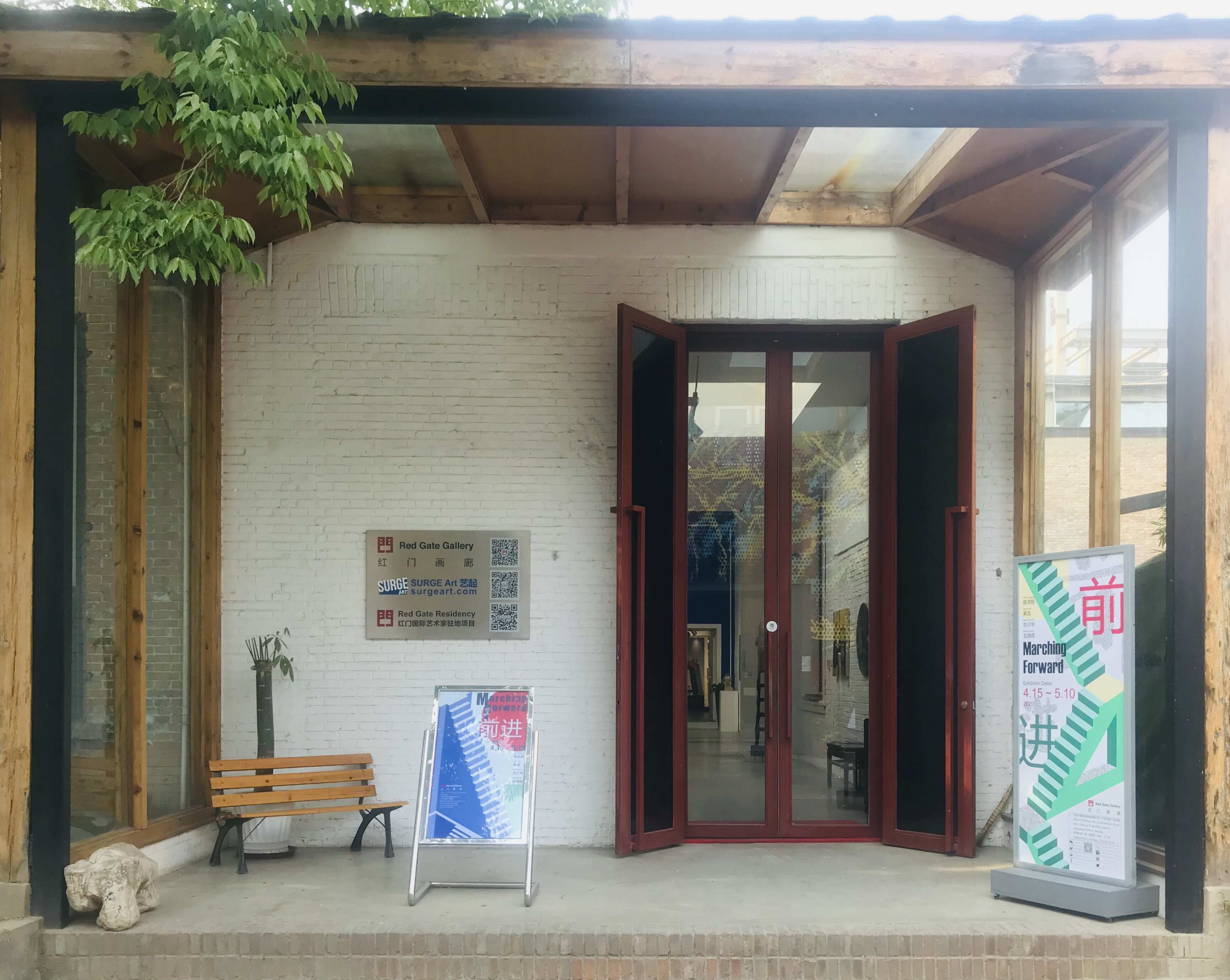
Red Gate Gallery at the current location in 798 Art District
It (the growth of art in China) has all followed the trend of China’s booming economy. People have the time and the money to partake in art now. 798 was part of this initiative to really allow people to come and see this kind of art for the first time and also to have fun.
Red Gate is now in its 30th year. To mark this anniversary, you've set up the ‘Memory Wall.’ What's the idea behind this?
The basis of it (the ‘Memory Wall’) is the invitation cards to all the shows that we’ve had. There have been other galleries that have come and gone over the years. But, because I’ve always been around, I have their invitation cards as well.

Red Gate's 'Memory Wall' to commorate the 30th anniversary
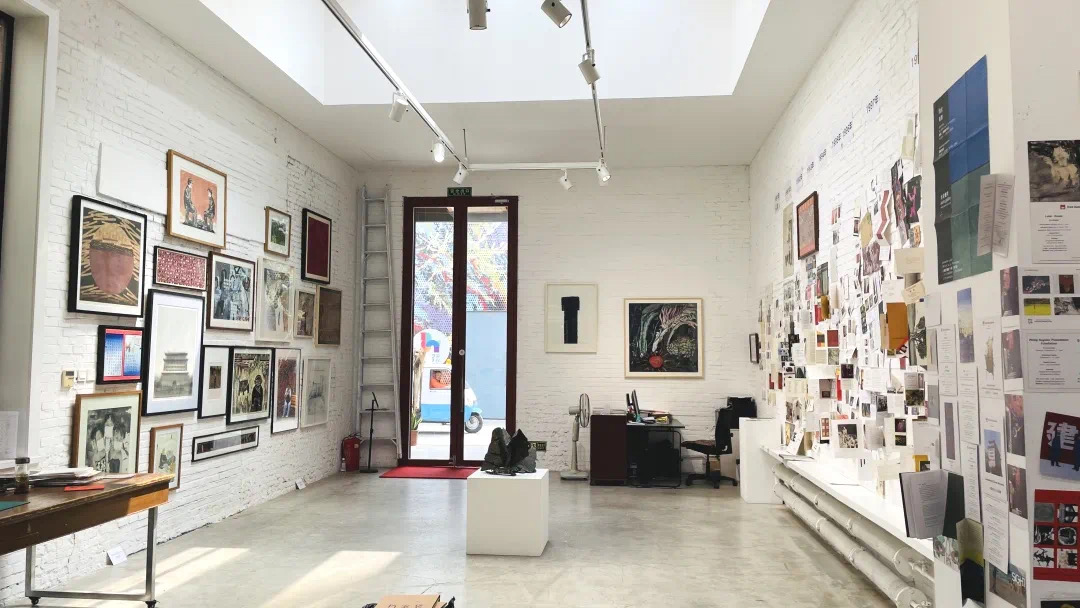
Inside Red Gate Gallery
The four artists here (on the back wall) were actually in the first show in 1991.
Many of the earlier ones (artists represented by Red Gate) are writing to me and talking about their memories of how they met me, how they got into Red Gate Gallery etc. It’s really been a great project!
To learn more about Red Gate Gallery, why not pay them a visit? The address is listed below:
798 Art District, No. 2 Jiuxianqiao Lu, Chaoyang district, Beijing.
北京市朝阳区酒仙桥路2号798艺术区院内
You can also follow Red Gate’s official WeChat account by scanning the QR code below:

This interview has been edited for clarity and brevity.
[All images via Red Gate Gallery]






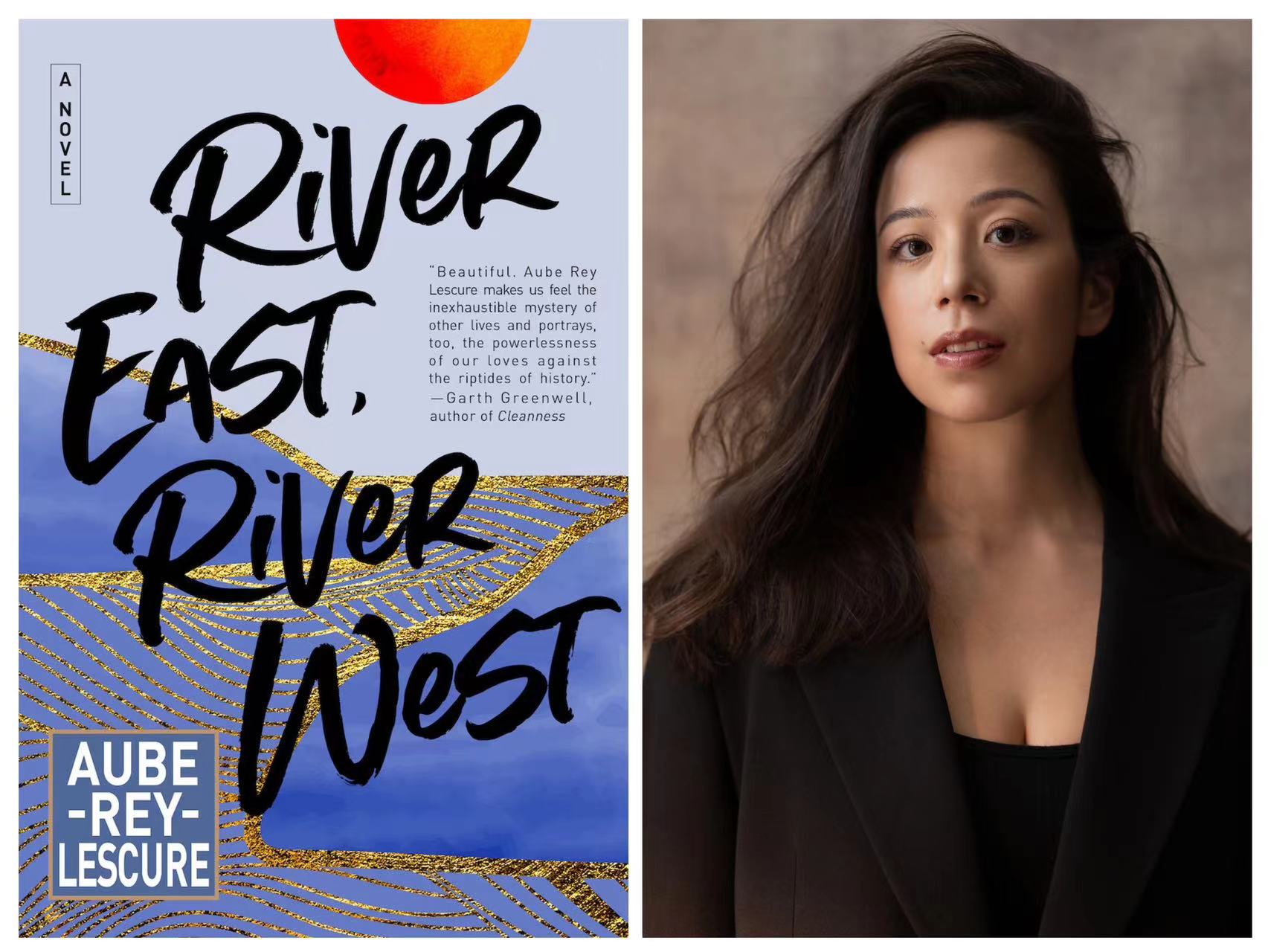
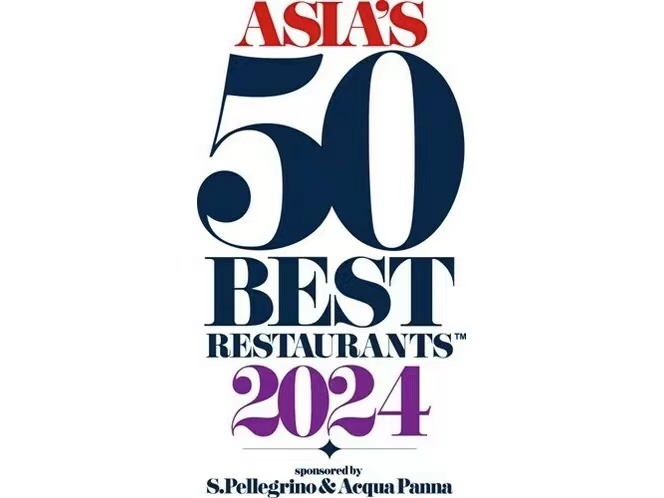














0 User Comments